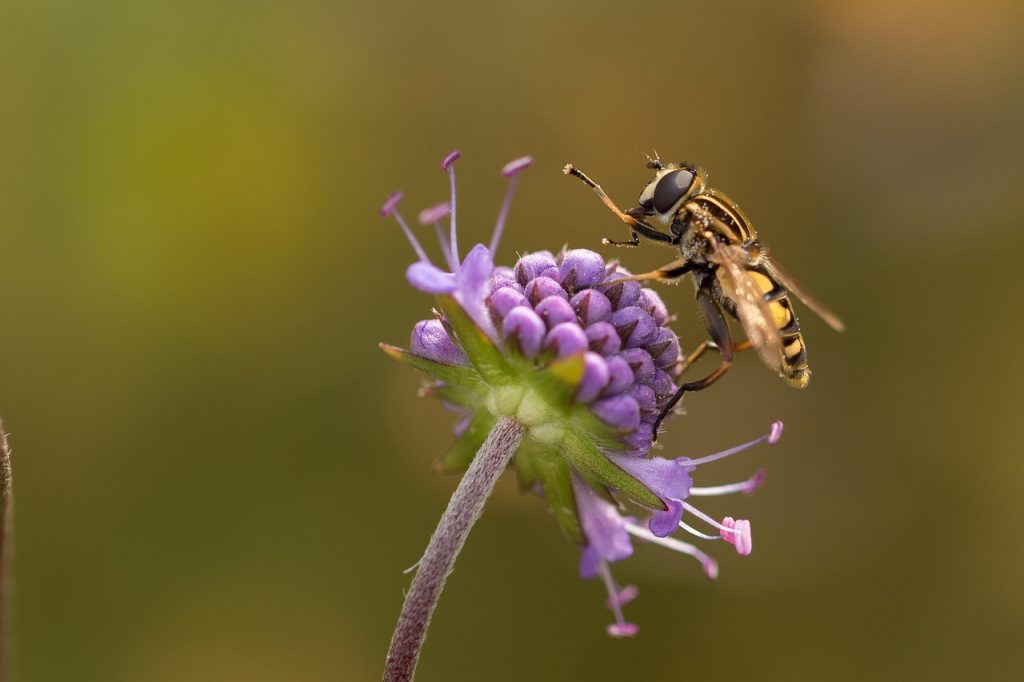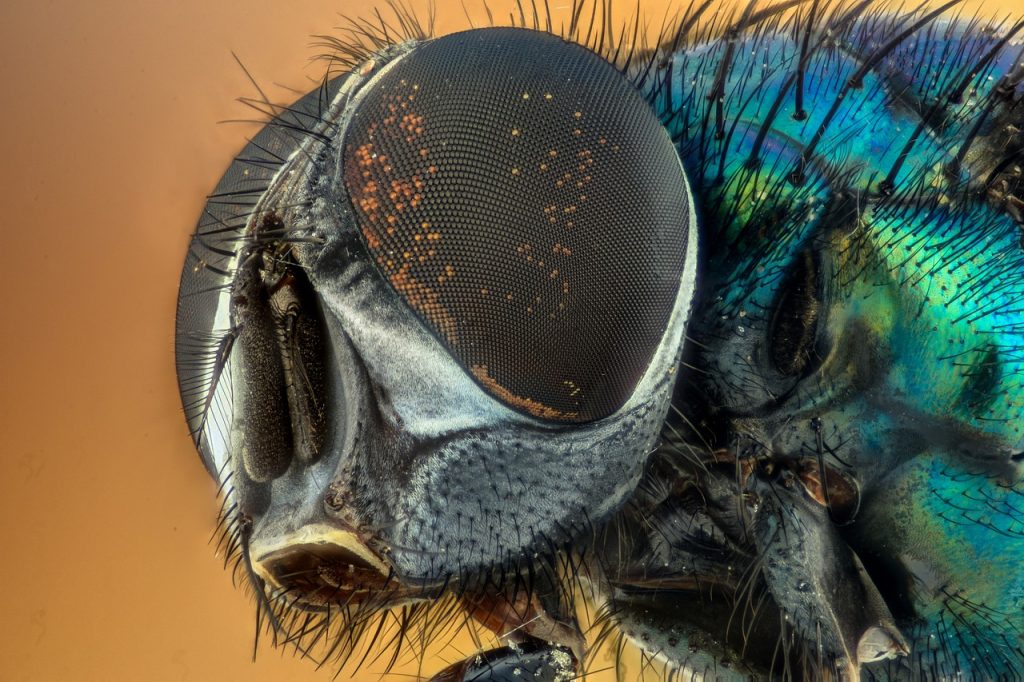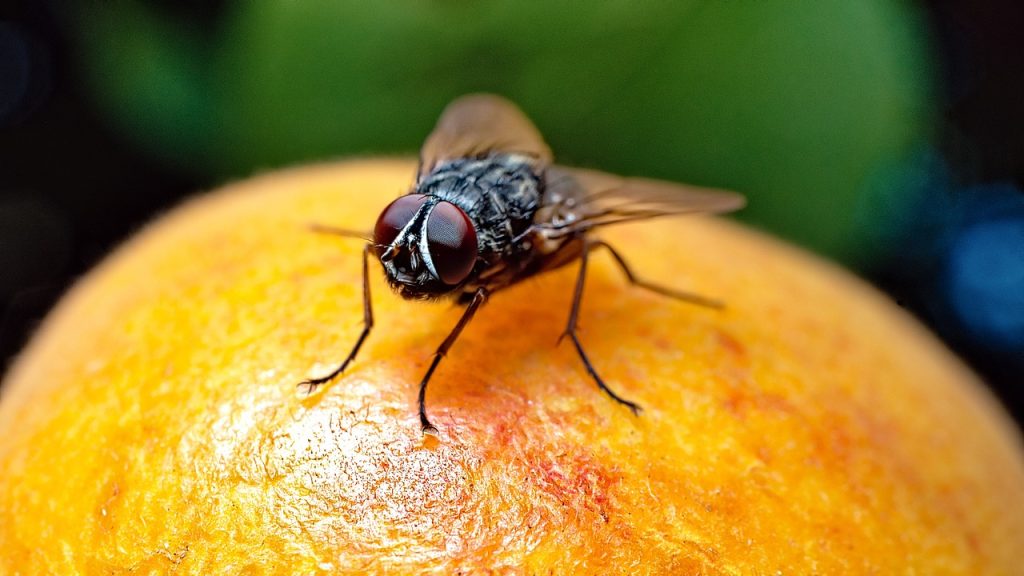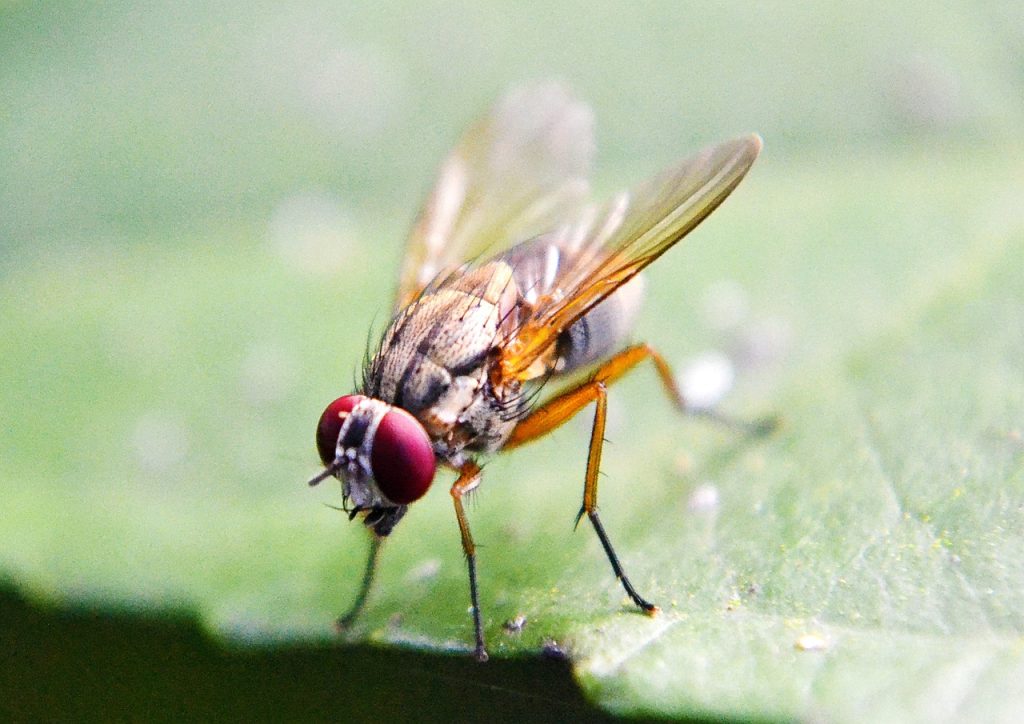The Definitive Guide to Fruit Fly Culture: Tried and Tested Recipe
Getting on the journey of training fruit fly cultures brings scientific examination to your own space. Master the art of cultivating these creatures for research or pets with this guide.
Our step-by-step method simplifies the process of ensuring and maintaining fruit fly cultures successfully. The recipe clarifies difficulties regardless of expertise.
Get tips for creating a perfect environment including container, temperature, and humidity for successful cultivation. We illuminate the fruit fly life cycle by helping you attack challenges and gain knowledge for successful cultures.

Whether you’re a seasoned researcher, hobbyist, or nature enthusiast, this fruit fly culture recipe guides potential and rewarding experiences. Observer the attractive change and elevate your biology understanding with our user-friendly style.
How to Cultivate Fruit Fly Culture recipe?
Fruit fly cultivation serves as a fundamental practice in scientific research. Drosophila melanogaster is commonly known as the fruit fly.
It is preferred as a model organism due to its short life cycle, genetic similarities to humans, and ease of handling. Cultivating fruit flies provides researchers with a valuable tool to study genetics, behavior and various biological processes.
These tiny insects are not only significant in laboratories but also find applications in everyday settings. Establishing a Fruit Fly Culture recipe involves creating an environment that encourages their development.
To understand their life cycle and provide a nutrient-rich medium for their growth.
Let us know about the detailed steps of cultivating a fruit fly culture recipe.
Setup and Preparation Fruit Fly Culture recipe
· Begin by assembling the necessary equipment, including containers, culture medium ingredients, and measuring tools.
· Ensure cleanliness by sterilization containers and utensils to prevent contamination.
Creating the Cultural Medium Fruit Fly Culture recipe
· Mix agar or gelatine with water and heat until dissolved to form the base of the medium.
· Add a sugar source to provide carbohydrates for the fruit flies.
· Incorporate yeast extract for essential proteins and nutrients.
· Include mashed bananas or other fruits to enhance nutritional content and mimic natural feeding preferences.

Adjusting Consistency and Cooling
· Adjust the consistency of the medium to a gel-like state by adding water if necessary.
· Allow the medium to cool but remain in a liquid state for pouring into the containers.
Pouring the Medium into Containers
· Pour the cooled culture medium into the prepared containers, ensuring an even distribution.
· Leave the medium to solidify, creating a surface for fruit fly egg-laying and larvae movement.
Inoculating with Fruit Fly Culture recipe
· Introduce adult fruit flies into the container, allowing them to lay eggs on the medium.
· Monitor the containers for the appearance of eggs, which will develop into larvae.
Maintaining Environmental Conditions
· Place the containers in an environment with controlled temperature and humidity.
· Ensure proper ventilation to prevent the build-up of excess moisture.
Monitoring and Feeding
· Regularly check the containers for the development of larvae, pupae, and adult fruit flies.
· Supplement the culture with additional mashed fruits to provide ongoing nutrition.
Harvesting and Transferring
· Harvest adult fruit flies as needed for experiments or feeding pets.
· Consider transferring a portion of the culture to a new container.
· Address any issues such as mold or contamination sharply by adjusting environmental conditions or sterilizing equipment.
· Monitor the overall health of the culture. Make adjustments to the medium or environmental factors as needed.

Record Keeping
· Records the culture’s progress egg-laying events, and any issues encountered.
· Use records to optimize the Fruit Fly Culture recipe for future use.
To cultivate a fruit fly culture effectively, precise ingredients and consistent monitoring are necessary.
Significance of Fruit Fly Culture Recipe:
Advancing Scientific Research
· Fruit fly cultures play a key role in scientific studies.
· Their rapid life cycle and genetic similarities to humans make them valuable for understanding biological processes.
Genetic Insights and Human Health
· The fruit fly’s genetic makeup allows researchers to gain insights into genetic mutations.
· Findings in fruit fly genetics often have direct applications in understanding and treating human genetic disorders.
Experimental Versatility
· Fruit fly cultures serve as versatile subjects for experiments due to their small size, ease of handling, and cost-effectiveness.
· Researchers across various disciplines utilize fruit fly models to answer diverse scientific questions.
Evolutionary and Ecological Studies
· The evolution and ecology of Fruit Fly Culture recipe provide valuable insights into broader ecological systems.
· Fruit fly cultures offer a window into the dynamics of populations and ecosystems.
Agricultural Applications
· Fruit flies are agricultural pests. Studying their behavior and life cycle aids in developing effective pest control strategies.
· Fruit fly cultures contribute to maintainable agriculture practices and pest management.
Education and Outreach
· Fruit fly cultures serve as excellent educational tools, enabling students to grasp fundamental biological concepts.
· The availability of fruit fly experiments promotes science education and outreach initiatives.
Model Organism for Aging Studies
· Fruit flies are commonly used in aging research. It offers insights into the mechanisms of aging and age-related diseases.
· Studying the impact of genetic and environmental factors on Fruit Fly Culture recipe lifespan provides valuable data for aging-related studies.

Behavioral Studies
· Fruit fly cultures facilitate behavioral studies, shedding light on patterns of movement, mating behaviors, and responses to environmental stimuli.
· These behavioral insights contribute to a deeper understanding of animal behavior and evolutionary adaptations.
Drug Discovery and Screening
· The genetic and physiological similarities between fruit flies and humans make fruit fly cultures valuable.
· Researchers can use fruit fly models to identify potential drug candidates.
Conservation Biology
· Exploring the genetics and population dynamics of fruit fly cultures aids in understanding biodiversity.
· Fruit fly studies contribute to broader discussions about ecosystem health and conservation strategies.
Ingredients are Required to cultivate Fruit Fly Culture Recipe
To cultivate a Fruit Fly Culture, you’ll need a combination of ingredients to create a suitable culture medium. This culture medium supports the development of fruit flies at various life stages.
Here are the essential ingredients:
Agar or Gelatine
Provides a solid base for the culture medium, offering a surface for egg-laying and larvae movement.
Sugar Source
Serves as a carbohydrate and energy source for the fruit flies, mimicking their natural feeding preferences.
Yeast Extract
Supplies essential proteins and nutrients necessary for the development of fruit fly larvae.
Banana or Other Fruits
Adds organic matter to the culture, providing additional nutrients and creating a more natural environment for the fruit flies.
Water
Maintains the moisture content of the culture medium, essential for the hydration of fruit flies and the development of eggs and larvae.
Antifungal Agent Fruit Fly Culture recipe
Prevents the growth of mold and fungi in the culture medium, ensuring a clean and healthy environment for the fruit flies.
It’s crucial to carefully measure and mix these ingredients to create a balanced and nutritious culture medium. The proportions may vary based on the specific recipe. Additionally, proper sterilization procedures should be followed to prevent contamination.
Frequently Asked Questions (FAQ)
What equipment do I need for a fruit fly culture?
You’ll need containers, culture medium ingredients, and sterilization tools
What’s in the culture medium?
It includes agar, sugar source, yeast extract, and mashed fruits.
How do I adjust the medium consistency?
Add water to achieve a gel-like state before pouring.
How do I introduce fruit flies?
Place adult fruit flies in the container for egg-laying.
What environmental conditions are needed?
Maintain controlled temperature, humidity, and proper freshening.
How do I troubleshoot mold or contamination?
Adjust environmental factors and sterilize equipment promptly.
When and how do I harvest fruit flies?
Harvest pupae or adult flies as needed, considering continuous transfers.
Bottom Lines
In conclusion, learning the art of fruit fly culture with our tried-and-tested recipe opens doors to a world of practical applications. Whether you’re inquiring into genetics, behavioral studies or aiding agricultural practices. This comprehensive guide simplifies the process for enthusiasts of all levels. The significance of Fruit Fly Culture recipe from advancing research to contributing to human health. The ingredients required create an optimal environment for the growth and development of these tiny organisms.
Top of Form
Bottom of Form
